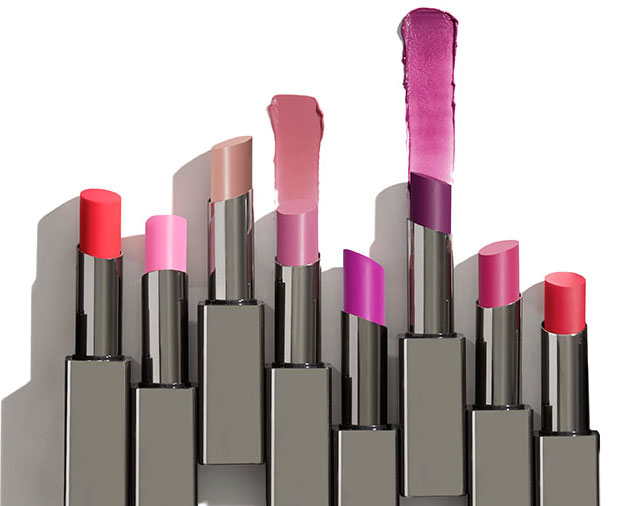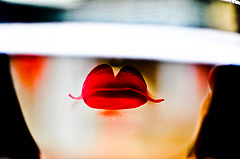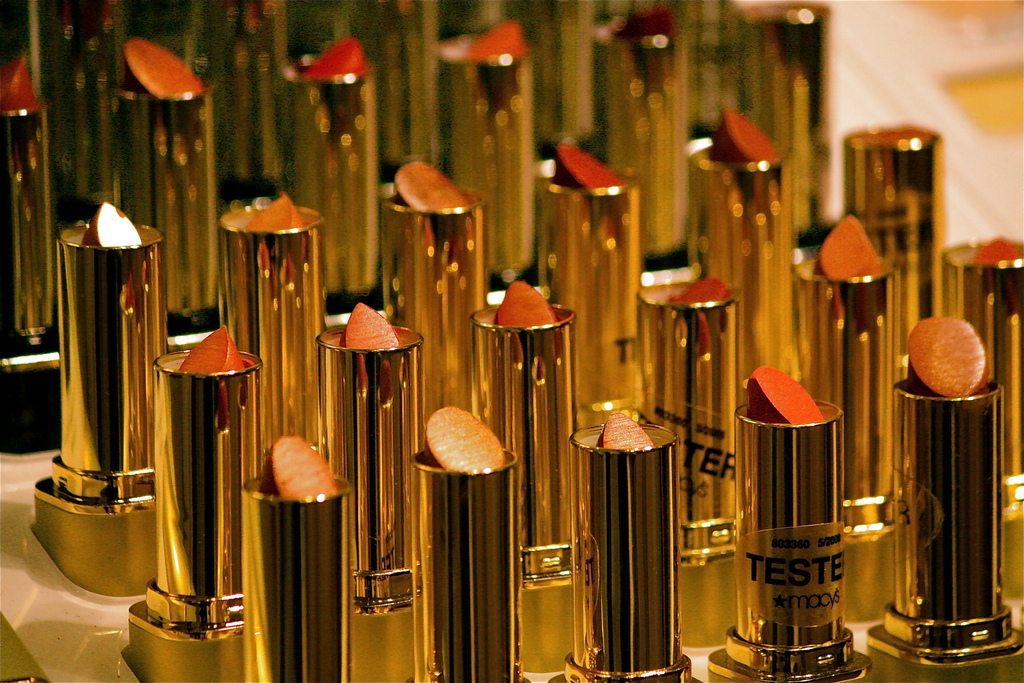Though no one really wants to hear they are putting lead into or on their bodies, the fact is that many cosmetics contain low levels of lead. While the amount of lead in your lipstick might be too low to do any harm, the Food and Drug Administration is still taking steps to further limit the amount of the chemical found in such products. [More]
lipstick

Julep Subscribers Mad After Receiving Almost-Expired Sunscreen Lipstick; Will Get Refunds
Sun-loving subscribers to the Julep beauty products service were psyched to see they could get lipstick with SPF 30 sunscreen protection. That is, until they opened their orders and found that the sunscreen would only be effective for a few more weeks. [More]

Heavy Metal Mouths?: Study Finds Carcinogens In 32 Commonly Sold Lipsticks
Before you pucker up and slather on your favorite lip lacquer, consider the carcinogens: A new study tested 32 lipsticks and lip glosses and found they contain things like lead, cadmium, chromium, aluminum and five other metals. Some of those were present in potentially toxic levels, especially bad news if you’re the type to chew your lip. [More]

Got Lipstick? There's Probably Some Lead In It
Back in 2007, the Food & Drug Administration did a small sample test on 33 lipsticks and found varying levels of lead in two-thirds of them. As a follow-up, the FDA requested testing of a significantly larger sampling and has now announced that it found at least trace amounts of lead in 400 varieties. [More]

60% Of Lipsticks Contain Lead
Well, this explains a lot about children’s beauty pageants: the Campaign for Safe Cosmetics tested 33 brand-name lipsticks, including brands like Cover Girl, L’Oreal, and Christian Dior, and are reporting that “61 percent had detectable lead levels of 0.03 to 0.65 parts per million (ppm).” One-third of the lipsticks tested had levels higher than 0.1 ppm, the FDA’s safety limit for lead in candy.


